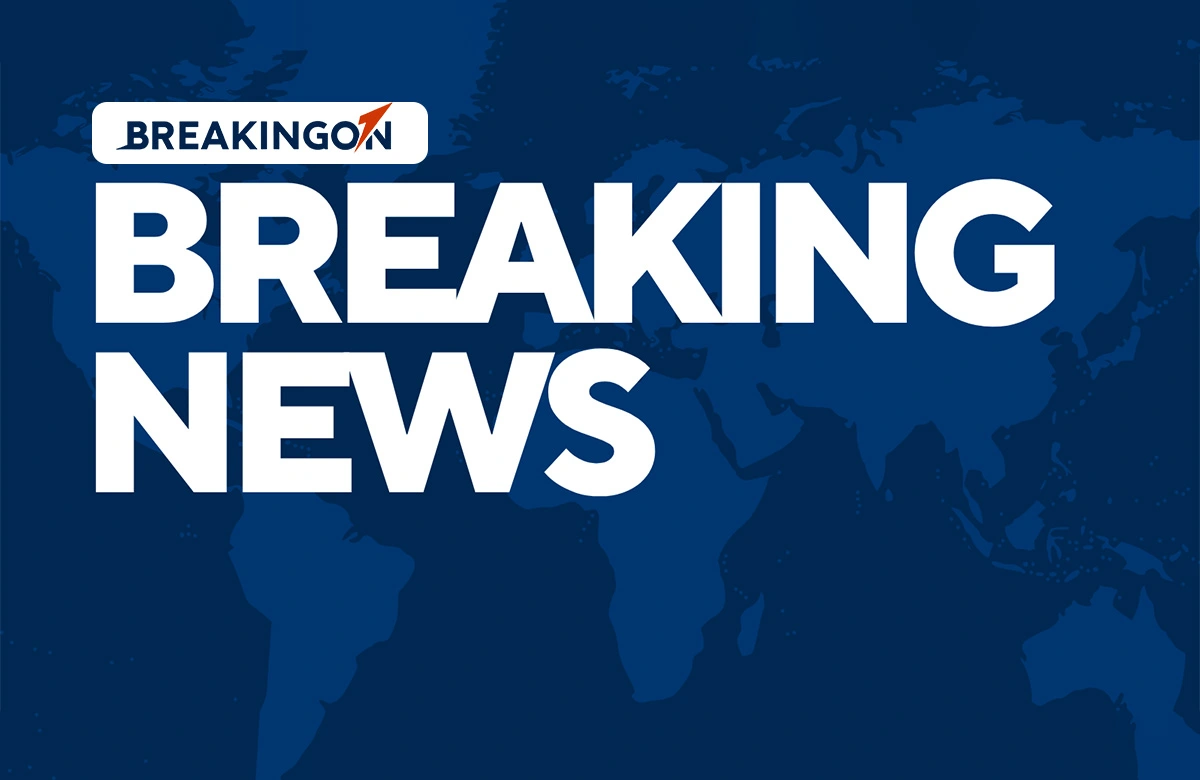
A former NASA administrator and two astronauts currently aboard the International Space Station (ISS) revealed on Tuesday that they were unaware of any offer from SpaceX that could have expedited their return to Earth last year. This statement adds a new layer of complexity to the ongoing saga of astronauts who have been stranded in space for nearly eight months.
The astronauts' remarks have sparked further confusion regarding Elon Musk's assertions that he proposed a plan to the Biden administration to rescue the astronauts sooner, which was allegedly declined for political reasons. President Donald Trump has also echoed Musk's sentiments, politicizing the situation.
Barry “Butch” Wilmore and Sunita Williams arrived at the ISS on June 6 aboard Boeing’s Starliner capsule, initially planning for a brief week-long stay. However, complications arose as Starliner experienced helium leaks and malfunctioning thrusters, causing NASA to extend their mission. Ultimately, NASA deemed Starliner unsafe for their return and opted for SpaceX’s Dragon capsule instead.
The astronauts are now set to return later this month, nearly nine months after their launch. In an interview with Sean Hannity last month, Musk and Trump claimed that the astronauts had been kept on the ISS due to political motivations. Musk went as far as to say on social media that he offered to bring the astronauts back but was turned down by the Biden administration.
In a news conference from the ISS on Tuesday, both astronauts dismissed inquiries regarding the political implications of their extended stay. Wilmore stated that he and Williams had received “no information” about any offer to expedite their return. “What was offered, what was not offered, who it was offered to, how that process went — that’s information that we simply don’t have,” he clarified.
Bill Nelson, who was NASA administrator during the critical decision-making period for Wilmore and Williams’s mission, corroborated the astronauts' statements. He asserted that no offer from Musk reached his office. Nelson indicated that the leadership at NASA spent considerable time determining the safest return method and ultimately concluded that SpaceX’s Dragon capsule was a more reliable option than Boeing’s Starliner.
“It certainly did not come to my attention,” Nelson stated. “There was no discussion of that whatsoever. Maybe Elon Musk sent a message to some lower-level person.” He also mentioned that funding constraints played a role in the decision-making process, highlighting that arranging for another spaceship was less feasible than reserving seats on an already scheduled return trip.
Nelson's comments align with those of former deputy NASA administrator Pam Melroy, who noted in a recent interview that “An offer to bring the crew home early, it never came to headquarters.” Initially, the Starliner crew was expected to return in February, but that timeline was pushed to late March due to issues with a new capsule intended for the next astronaut rotation, known as Crew-10.
In a blog post from December, NASA affirmed that the change allowed both NASA and SpaceX teams to finalize processing on a new Dragon spacecraft for the mission. However, in February, NASA announced an acceleration of the target launch and return dates for upcoming crew rotation missions by swapping the new Dragon capsule for one that had previously flown.
“Human spaceflight is full of unexpected challenges. Our operational flexibility is enabled by the tremendous partnership between NASA and SpaceX and the agility SpaceX continues to demonstrate to safely meet the agency’s emerging needs,” stated Steve Stich, who oversees NASA’s Commercial Crew Program.